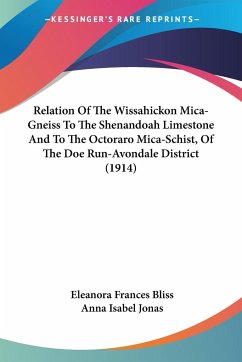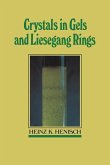âA Familiar Introduction to Crystallographyâ by Henry James Brooke offers a detailed exploration of the principles of crystallography, making it an invaluable resource for students and enthusiasts of mineralogy and chemistry. This edition, originally published in 1823, provides a comprehensive explanation of crystal structures and the use of the goniometer, an essential tool for measuring crystal angles. Brookeâ(TM)s clear and methodical approach renders complex concepts accessible, making it suitable for those new to the field. The book meticulously covers the fundamental aspects of crystallography, offering insights into the classification and analysis of various crystal forms. Its historical context enriches the readerâ(TM)s understanding of the evolution of scientific thought in the early 19th century. This work is a testament to the enduring importance of understanding crystal formations, appealing to anyone interested in the history of science, mineral identification, or the foundational principles of chemistry. This work has been selected by scholars as being culturally important, and is part of the knowledge base of civilization as we know it. This work was reproduced from the original artifact, and remains as true to the original work as possible. Therefore, you will see the original copyright references, library stamps (as most of these works have been housed in our most important libraries around the world), and other notations in the work. This work is in the public domain in the United States of America, and possibly other nations. Within the United States, you may freely copy and distribute this work, as no entity (individual or corporate) has a copyright on the body of the work. As a reproduction of a historical artifact, this work may contain missing or blurred pages, poor pictures, errant marks, etc. Scholars believe, and we concur, that this work is important enough to be preserved, reproduced, and made generally available to the public. We appreciate your support of the preservation process, and thank you for being an important part of keeping this knowledge alive and relevant.
Bitte wählen Sie Ihr Anliegen aus.
Rechnungen
Retourenschein anfordern
Bestellstatus
Storno


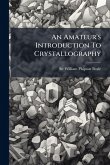
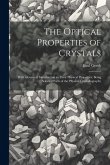
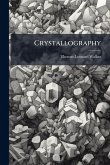
![Crystals [microform] Crystals [microform]](https://bilder.buecher.de/produkte/65/65585/65585233m.jpg)

